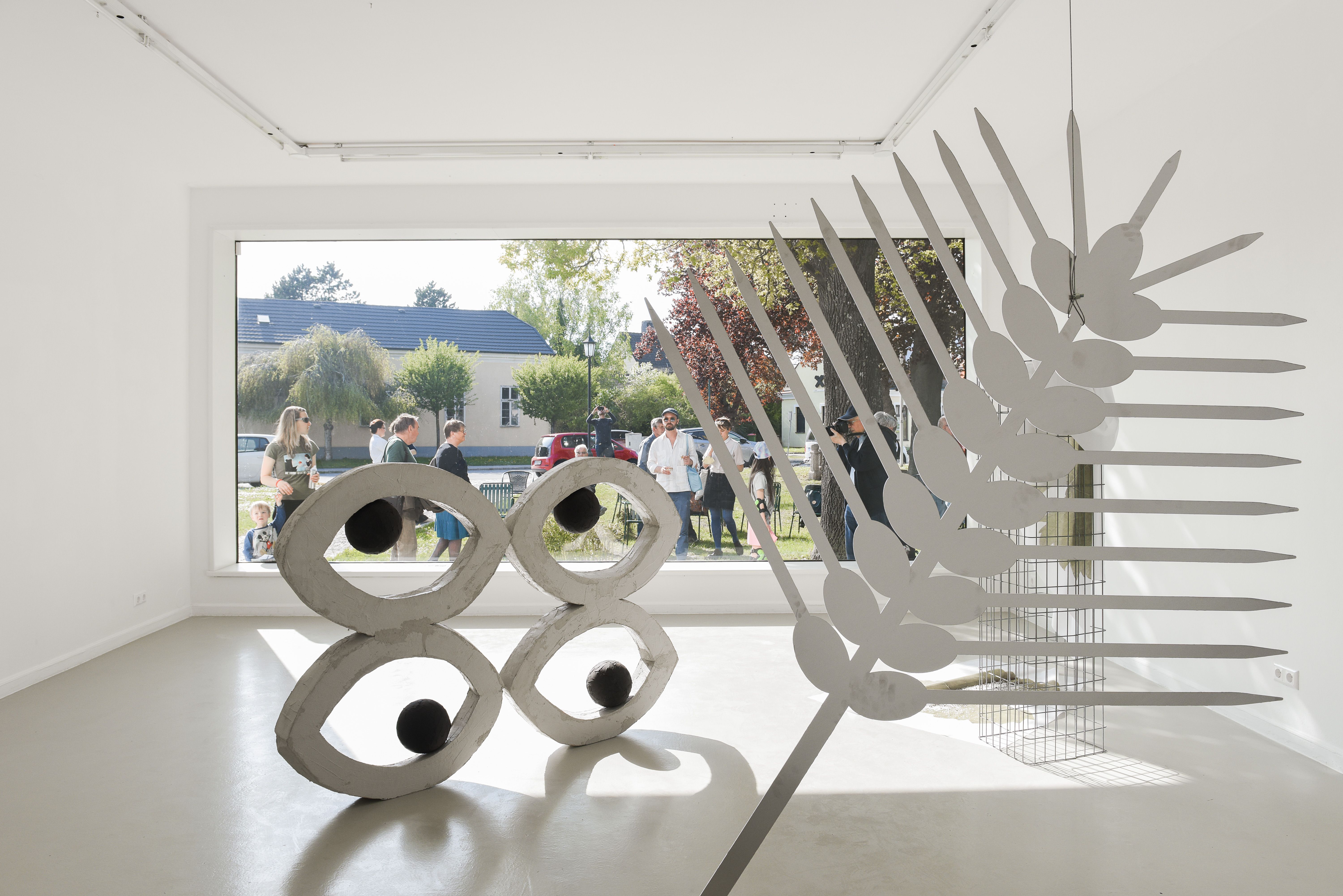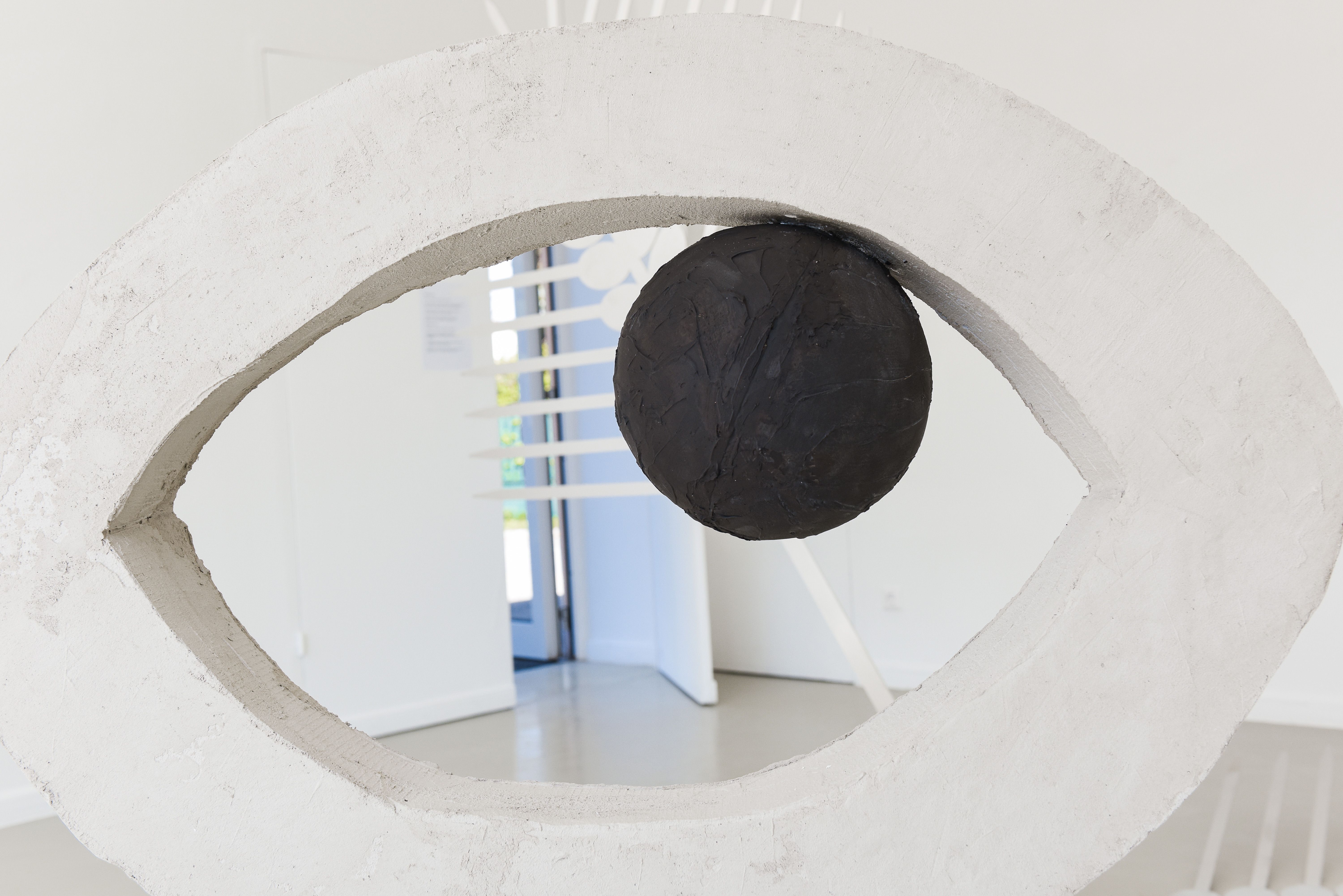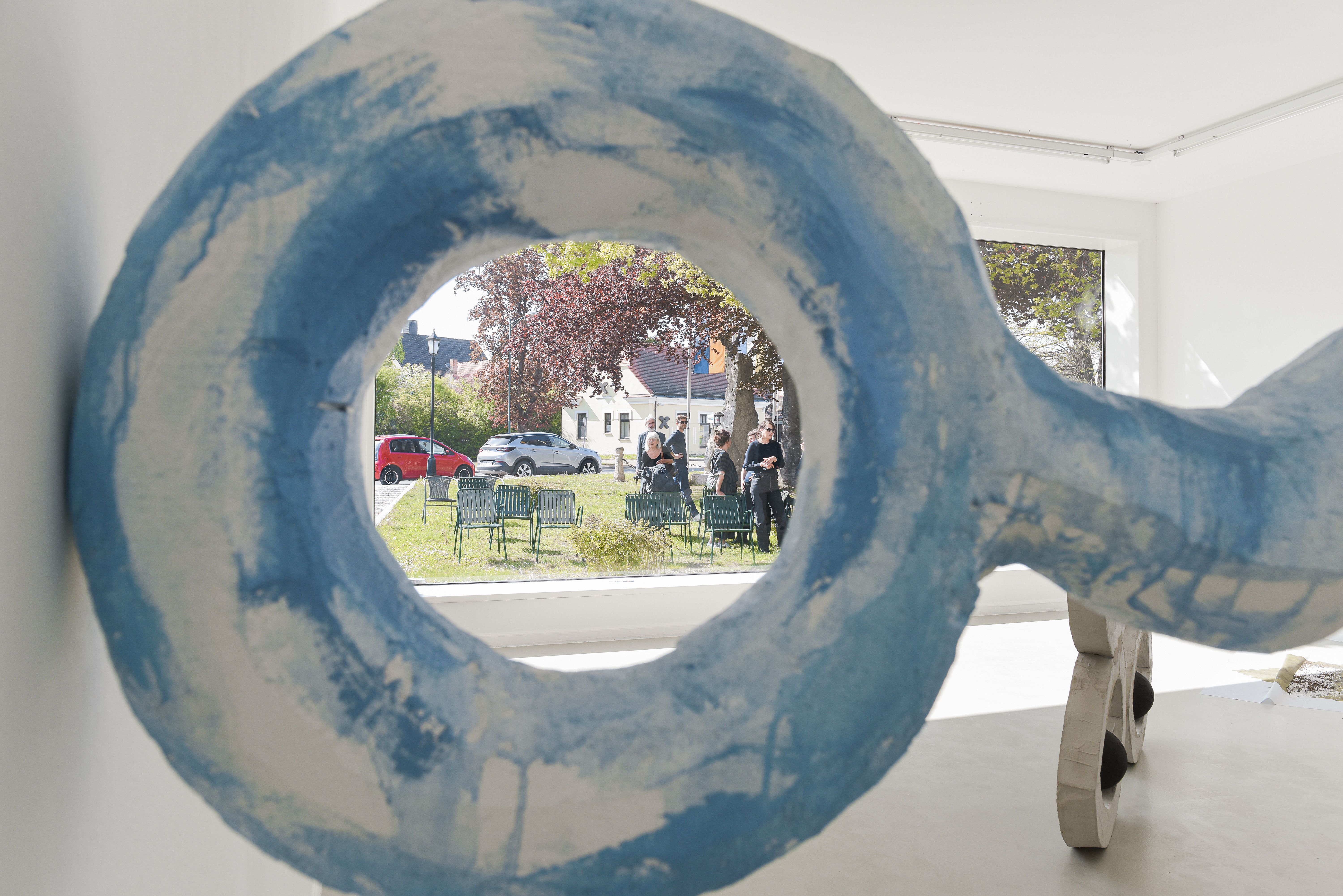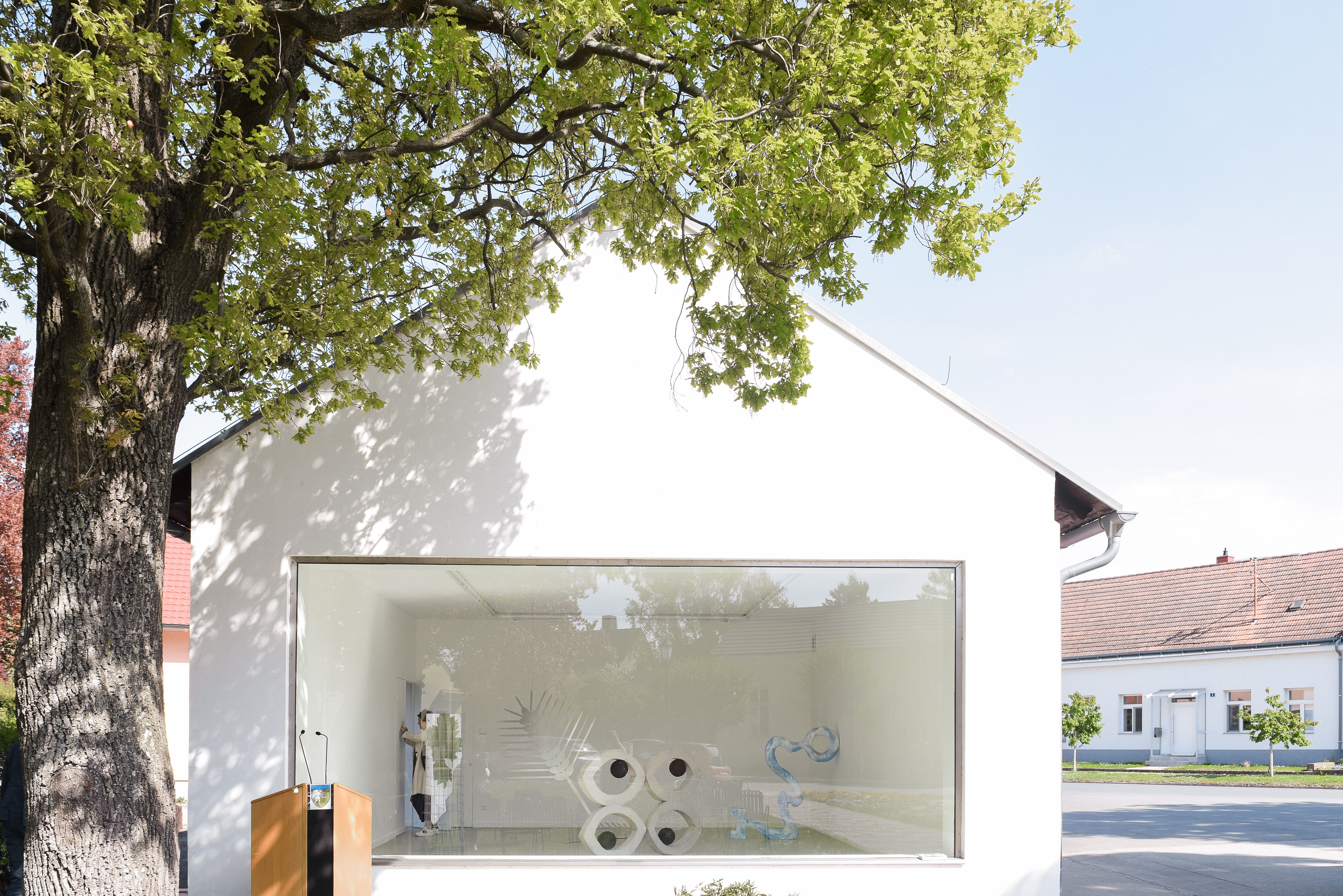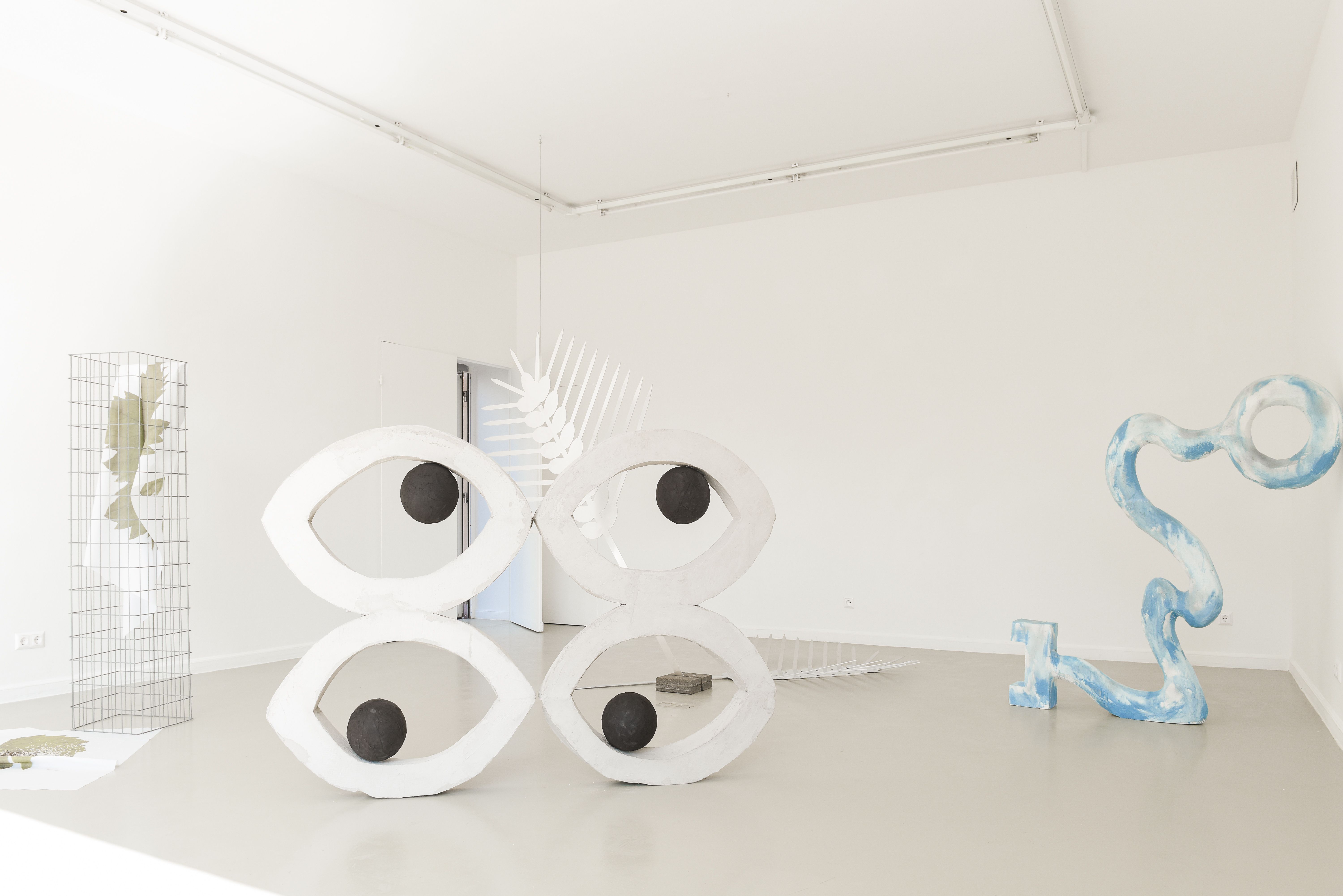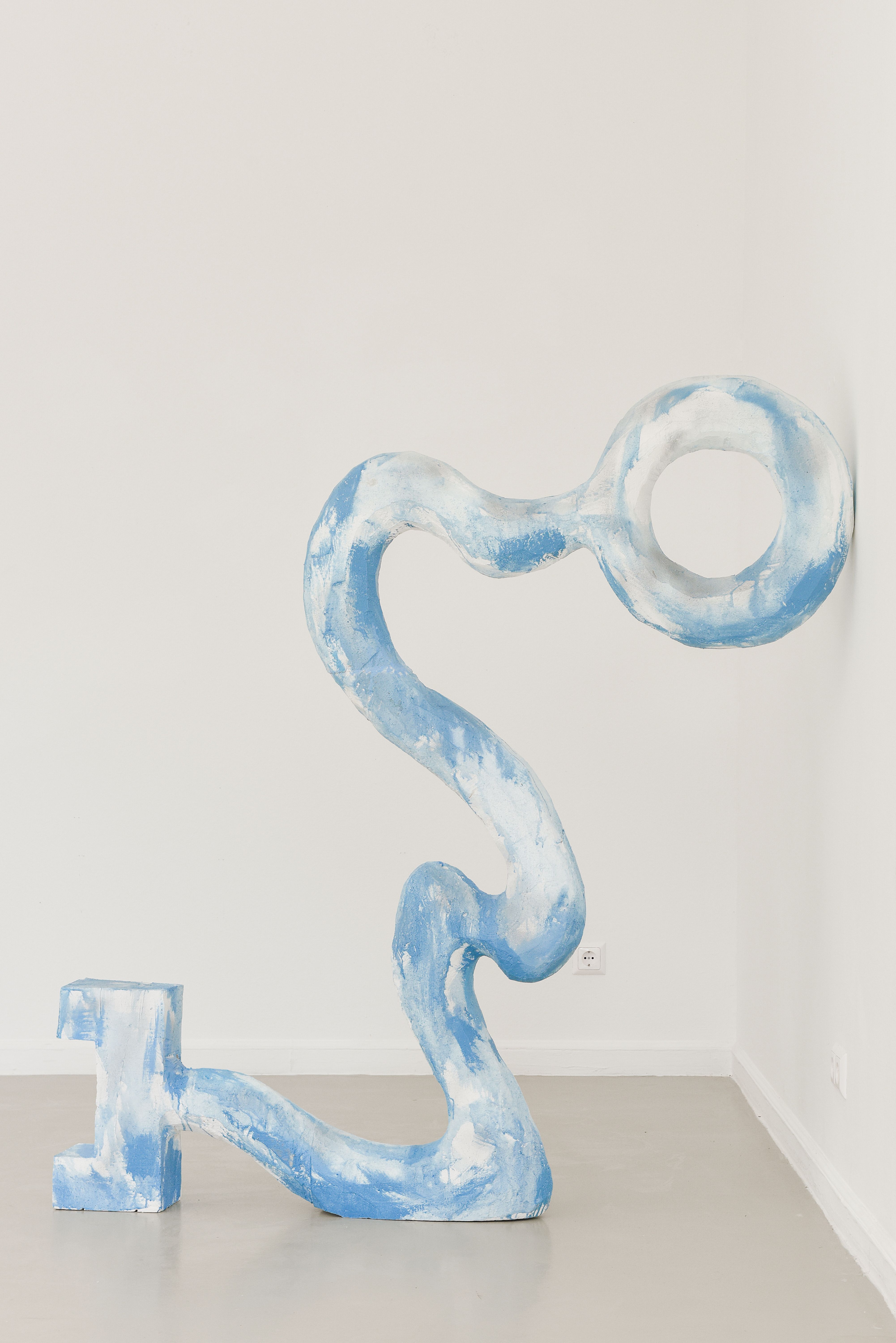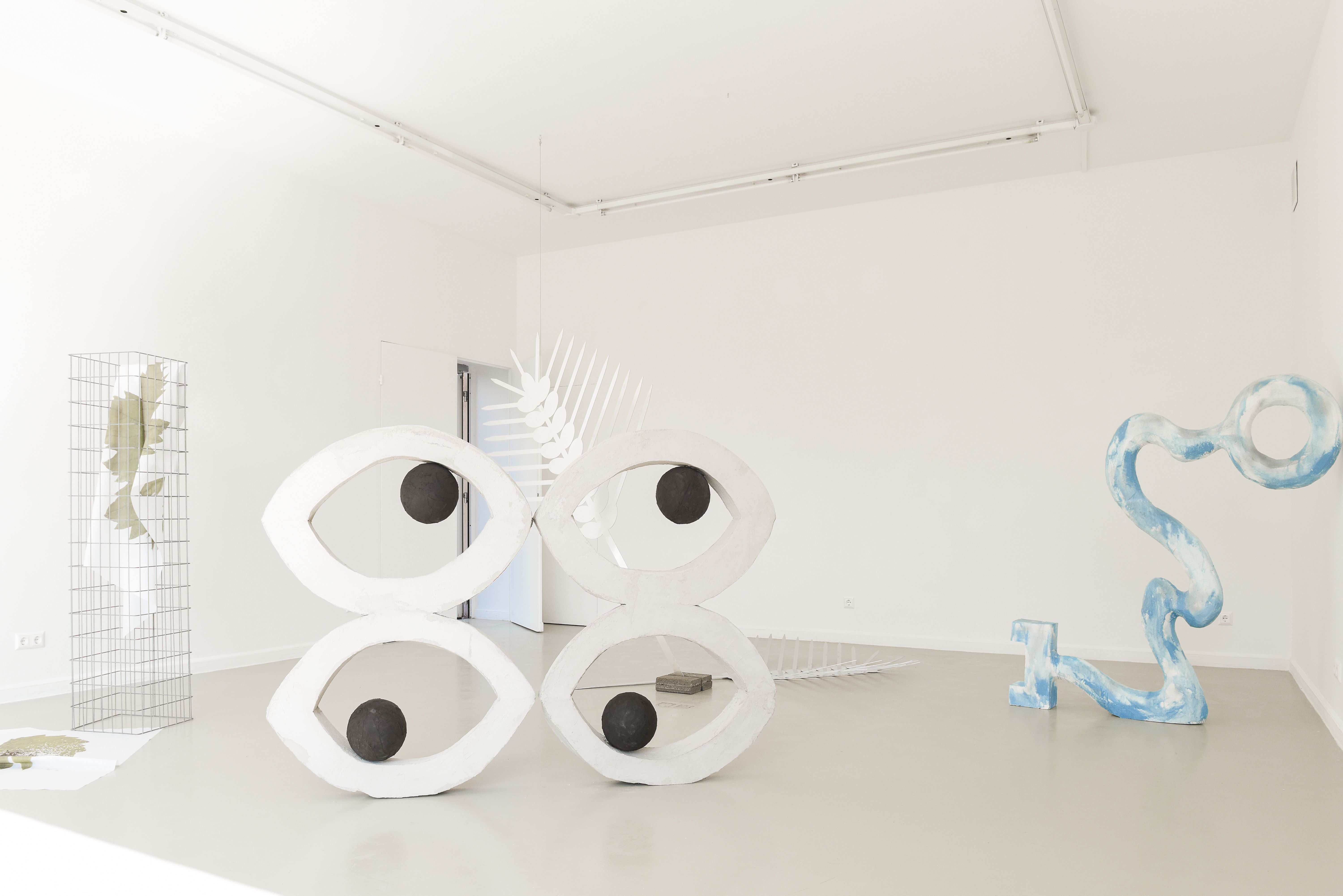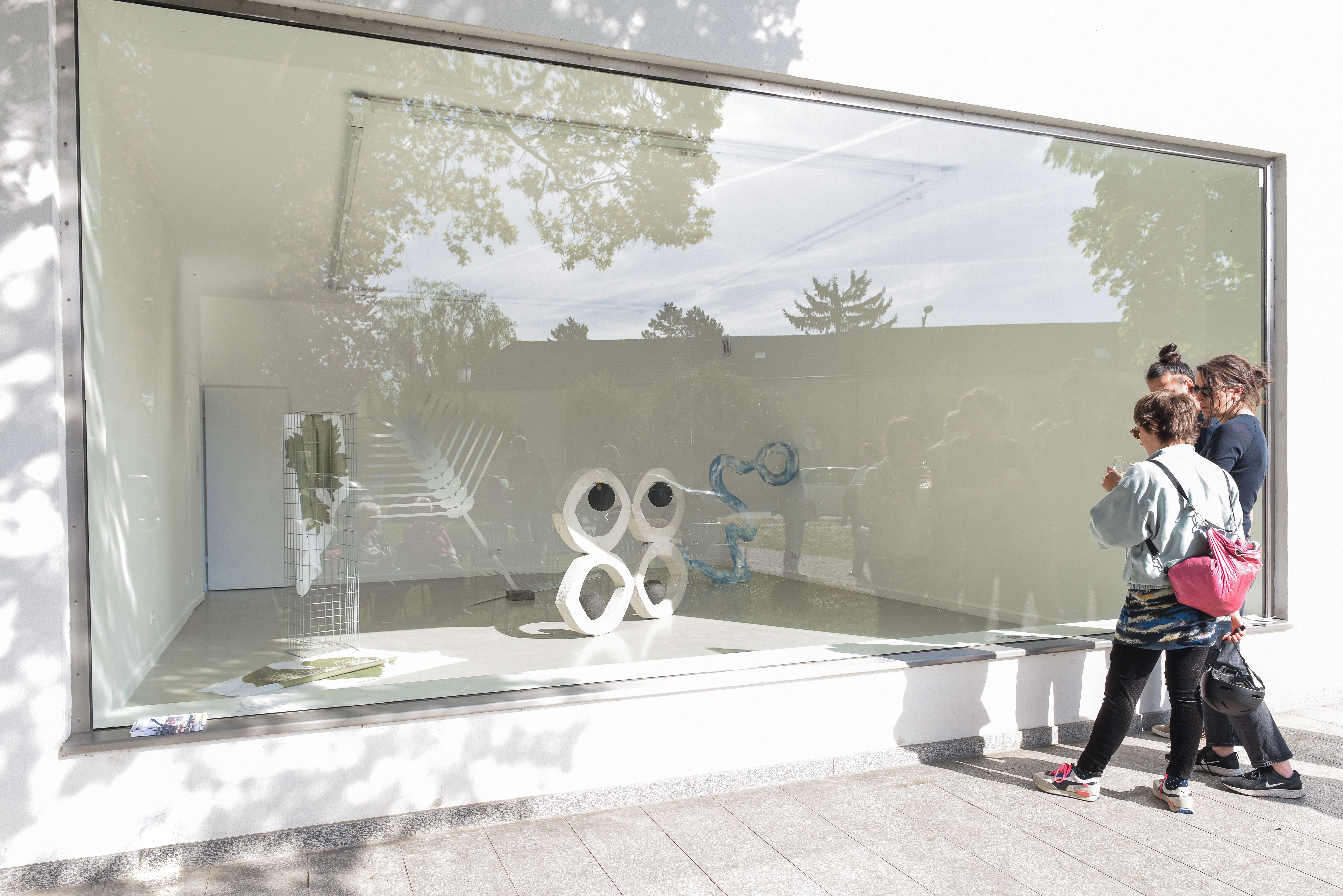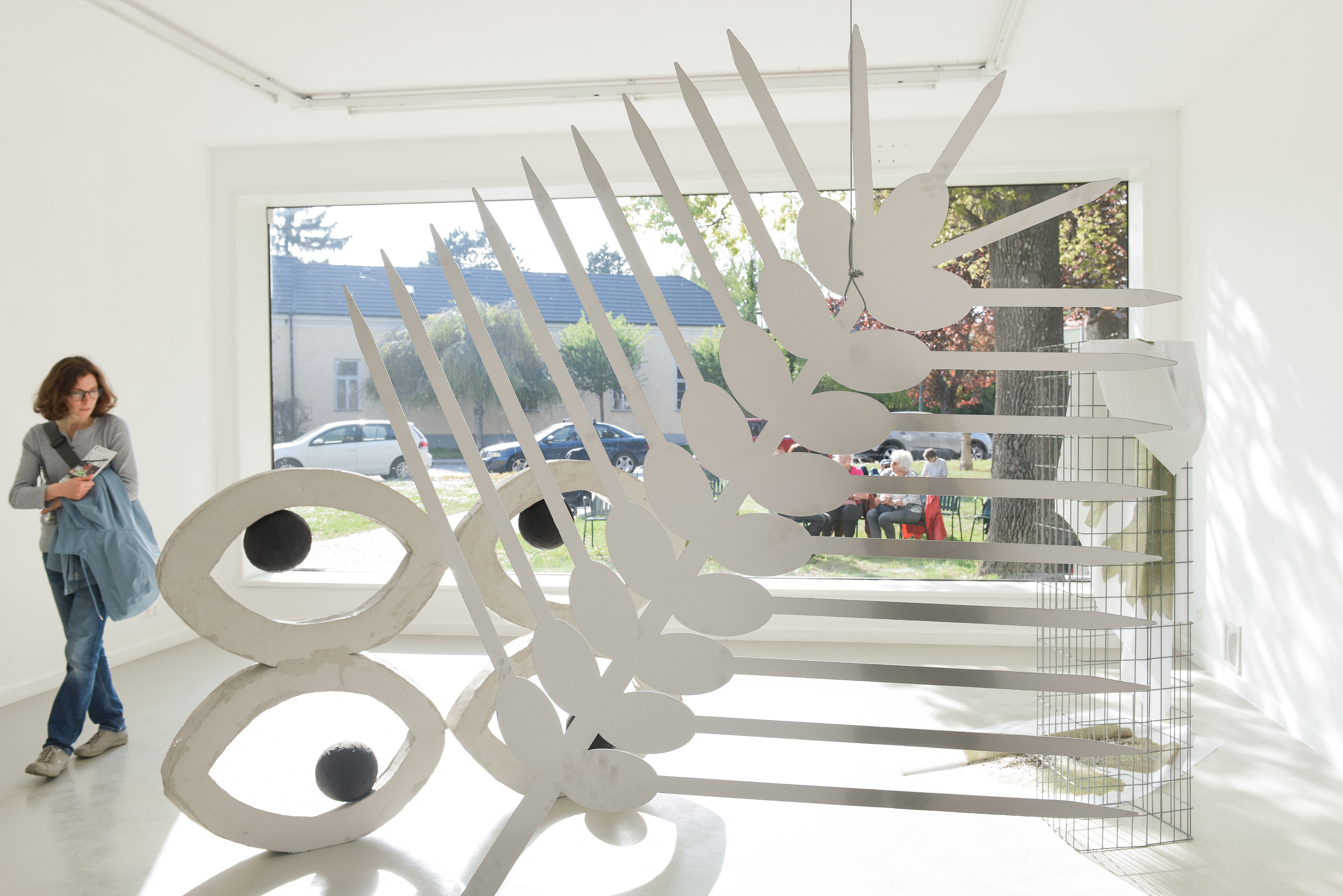Luiza Margan
:
Mit offenen Armen
Back
Information
In Luiza Margan, the Weikendorf jury chose an artist who focuses on sculpture, photography, video, and public spaces. The public realm has particularly been reassessed in the last few years, as inhabitants have become more mindful than ever before about how they perceive their city, town, architecture, the condition and quality of public spaces and how inviting it is to spend time there, along with parks, monuments, and art.
Margan explores the relationships between “private” and “public” areas and questions the parameters that determine their design and structure. Historical narratives are inscribed not only into private spaces, but also into the public realm, thereby forming cultural identity. Ideologies, value systems, and hierarchies are thus represented and have an essential influence on how we live together. Art especially plays a major role in the public realm because it poses questions, analyzes historical, ideological, and/or aesthetic value systems, creates new ways of interpreting spaces, and promotes social relationships.
Margan created four new sculptures for the Kunstraum Weikendorf with its semi-public structure consisting of a compact room that can be seen from the street through a large window. These works explore the history of this specific place in terms of form and content and are especially inspired by a recent event in which the town was criticized for racist behavior toward a Muslim family. Margan’s artistic method is similar to that of an archeologist: she roams the public realm, takes pictures of symbols, heraldic signs, and everyday objects, and researches their history and political as well as social implications, before fragmenting, re-contextualizing, and condensing them into complex collages of meaning. Common to all works is that, in terms of form and analogies, they investigate the theme of protection—in other words, the question of how a community thinks it must protect itself and from what. They also explore what ideas the feeling of needing private and public protection are based on. For example, the artist borrowed the ear of wheat from the town’s crest. She then reduced the form of this symbol of economic prosperity, food security, and of feeling connected to one’s home area and transformed its awns into spikes that resemble swords in a reference to an ideology that was prevalent during the Nazi era and other times and that refers to defending personal property and land with violence, if necessary. The key, also borrowed from the crest on the town hall, is an ambivalent symbol for locking oneself in as well as opening oneself up to the other, the unfamiliar, and the unknown. In her artistic treatment, it was given a biomorphic form reminiscent of a living organism in reference to the fact that cultural identity—one’s own and that of a community—is always in flux and changing and is constituted in a force field between demarcation, adaptation, and opening. Margan’s sculpture in the middle of the room was inspired by fences, which are a symbol of marking a territory and of protecting one’s property. Designed as a free-standing grid structure, it is no longer hermetic; it is transparent and can be walked around. Finally, the sculpture with four formally reduced eyes looks out at the exterior from the interior, reminding us of the all-seeing eye of God from Christian iconography as well as the eye on the hand of Fatima, or hamsa, which is a protective symbol against the evil eye in Islamic cultures.
Our fundamental need for protection, demarcation, and control has always been connected to our fear of the unknown and the other—of what could disturb the equilibrium of our own intellectual, social, or cultural identity. Yet we all need others to understand ourselves.
The French philosopher Jacques Derrida explored the other, or the stranger, and the self in many of his works, influenced by his own experiences with anti-Semitic discrimination. “What is proper to a culture is to not be identical to itself,” he wrote in The Other Heading (French: L’autre cap) in 1990.[1] According Derrida, there cannot be a cultural identity, self-identification, or self-understanding without cultivating the other or cultivating ourselves through the other, respectively. Identity is always constituted in a tension between distinction and adaptation, between how we view ourselves and how others see us, and between looking at the inside and the outside. In Derrida’s words, we all need distinction through identifying the other, or the stranger, in order to exist as a self in the first place. It is only when it is mirrored by the other who is seen as alien or different that our image of ourselves become complete. For Derrida, the ego would not be itself and would have no language, no home, and no place in the world if the other, the guest, would not give it this through its arrival. It is in welcoming the stranger that he sees the chance for the host to be able to access their own place, their own home, and hence themselves as such. Luiza Margan’s exhibition Mit offenen Armen (With Open Arms) at the Kunstraum Weikendorf is a paradigmatic example of such an approach to a culture of hospitality and cultural self-reflection.
Fiona Liewehr
[1] Jacques Derrida, The Other Heading. Reflections on Today’s Europe, trans. Pascale-Anne Brault and Michael B. Naas (Bloomington & Indianapolis: Indiana University Press, 1992), 9.
Images (10)
